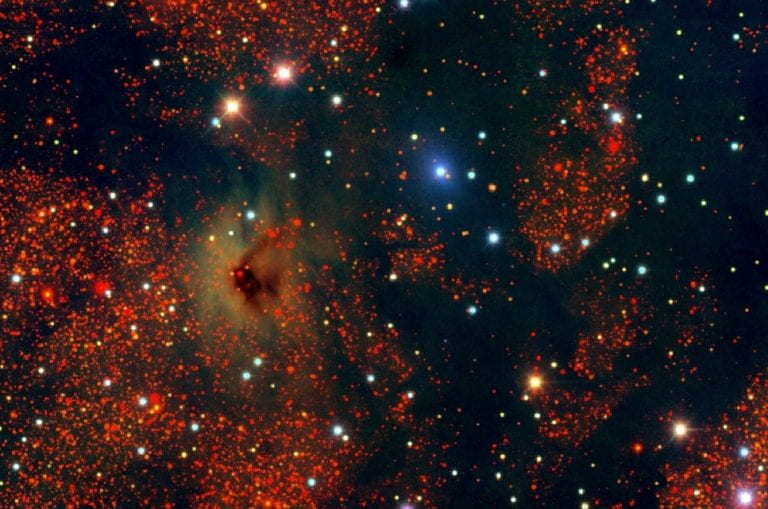
Welcome to the Center for Theoretical and Observational Cosmology
The CTOC’s focus is on the field of cosmology, which is the study of the universe as a whole. The Center is interested in understanding the fundamental properties of the universe, such as its matter and energy content, and how structures like galaxies and clusters of galaxies form and evolve over time.
The Center employs a range of observational, theoretical, and computational techniques to achieve these goals. To better understand the universe’s properties, the center members use multi-wavelength surveys and collect data from various parts of the electromagnetic spectrum ranging from sub-mm waves, infrared, and optical to X-rays and gamma rays. They also run computer simulations of galaxy formation and evolution to test different theories and models.
The Center's work is highly collaborative, and its members work with other research institutions and observatories to achieve their goals. For example, the center members are involved in and play central roles in NASA satellites, such as the Chandra X-ray observatory, Swift, and JWST, to study the high-energy phenomena in the universe, such as black holes and supernovae and the properties of the young galaxies in high-redshift Universe.
Another highlight is the HETDEX project, which stands for the Hobby-Eberly Telescope Dark Energy Experiment. This project is designed to study dark energy, a mysterious force that is causing the universe to expand at an accelerating rate. The Center's members are playing a leading role in this project and are working to measure the dark energy properties at early times, distant from all the other observing programs to date. Three out of eight members of the HETDEX Management Team are Center members, as is one of just three Architect-status members of the Survey Steering Committee.
Major collaborations with involvement and leadership from Center members also include the CMB-S4, SDSS-V, and the Subaru Prime Focus Spectrograph.
In addition to observational and theoretical work, the Center's members also use machine learning and other computational techniques to analyze their data. Two members of the Center are formally affiliated with the Institute for Computational and Data Sciences, and many have close ties with Penn State’s Center for Astrostatistics. Computational projects include multi-scale simulations investigating the formation of the earliest galaxies, black holes, and quasars. Center members’ analysis and machine learning expertise are increasingly focused on interpreting data from JWST and the upcoming Rubin LSST. There is increasing overlap between this Center and the CMA, largely driven by the broad impact of current and future gravitational wave detections. The science questions of interest to both centers are traditionally big-picture cosmological questions (e.g., the nature of dark matter and the universe’s expansion rate) and in the understanding of structure in the late universe and the precursor populations for the compact objects seen merging today.
